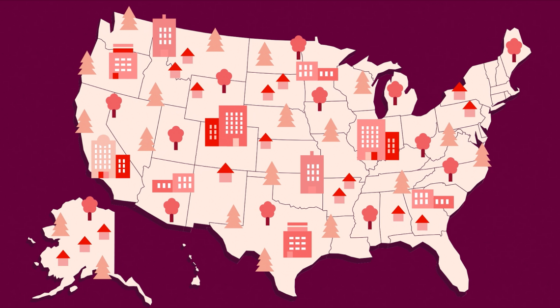AARP Eye Center
Trend Snapshot
Digitalization and advances in technology are changing the way housing is produced, marketed, sold, financed, managed, and lived in. Ongoing innovations in resources, materials, and the development process will further improve the efficiency and quality of housing construction, improving affordability and sustainability. Machine learning software and 3D-printing are already reducing construction waste, enhancing safety, improving supply, and reducing greenhouse gas emissions. In-home smart technology continues to evolve to better assist residents with daily tasks and remain engaged within their community.
Advances in technology also introduce new areas of inequality and privacy concerns. As we look to the future, technology will undoubtedly either progress—or hinder — efforts to address economic, social, and environmental challenges, such as housing affordability, discrimination/equal access, and extreme weather.



































































